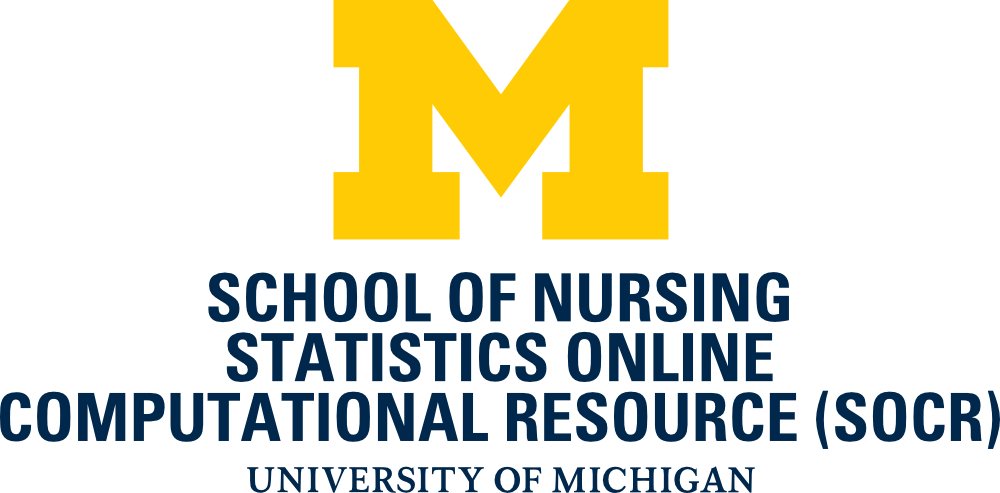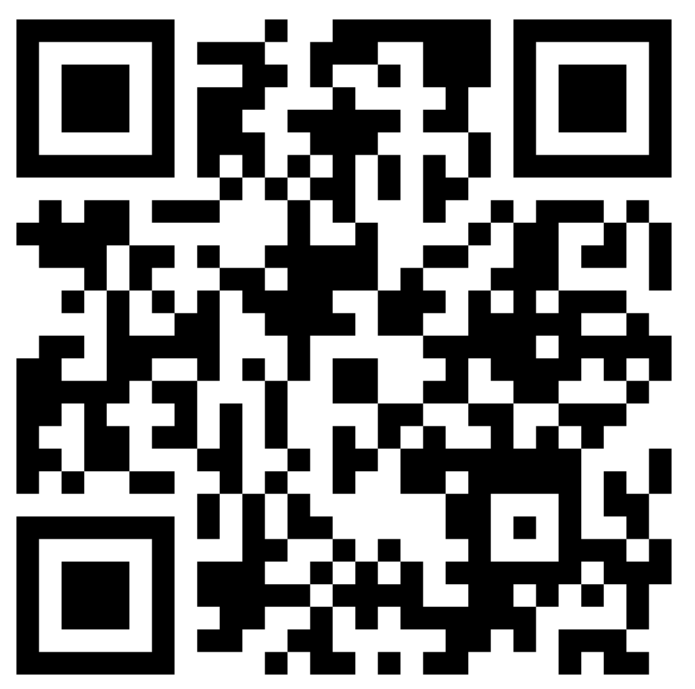Winter 2018: HS 853
Scientific Methods for Health Sciences: Special Topics
Homework 2
- Due Fri, Feb 2, 2018
- Homeworks, projects and assignments
- Homework Submission Rules
- Homework Headers
- Generate some (clinically relevant) plots of the data.
- Use Control Charts to identify possible critical time-points (events).
Note:
VitalData <- read.csv('https://umich.instructure.com/files/366336/download?download_frd=1',as.is=T, header=T)
VitalData$Time <- gsub("_", ".", VitalData$Time) # replace the “_” with “.” In the Time to indicate milliseconds
head(strptime(VitalData$Time, "%H:%M:%OS"))
library("reshape2"); library("ggplot2")
VitalData_long <- melt(VitalData, id.vars="Time",
# The source columns
measure.vars=c("SpO2", "CO2", "ECG", "AWF", "inO2", "Pulse", "Pleth", "NBP_.Mean.", "awRR", "MAC", "Minute_Volume", "inN2O", "imCO2"),
# Name of the destination column that will identify the original
# column that the measurement came from
variable.name="Feature",
value.name="Measurement") # convert to long format
ggplot(data=VitalData_long, aes(x=strptime(VitalData_long$Time, "%H:%M:%OS"), y=Measurement, colour=Feature)) +
geom_line()
Problem 2.2: Fit in a mixed effects model to the lung cancer data. Determine several covariates of clinical interest and interpret your findings in terms of the specific measures/results.


